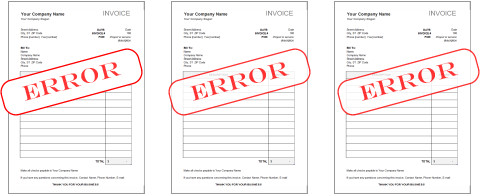Post
Companies across market segment, size, revenue, and industry have one thing in common: credit card data breaches. It’s no secret that recent years have seen record numbers of security breaches, keeping consumers and retailers alike on the edge of their seats wondering if their data was secure. Of course most companies have security measures in Read More
Post
How to calculate return on investment (ROI) for automation projects 1. Determine your Business Requirements 2. Start your Research 3. Start a Trial 4. Get a Quote 5. Calculate Soft Costs 6. Calculate Costs and Savings over 5 Years According to a survey on IT spending priorities, many IT departments are overpromising the ROI for Read More
Post
The latest build of JAMS V7 provides users with a new database option – Azure SQL. For most enterprises, SQL, or even SQL Express, has plenty of horsepower to handle data on the back end of JAMS. We specifically designed JAMS to consume as few resources as possible – an efficient database structure, small payloads, Read More
Post
We often think of invoice processing as the responsibility of our accounting department and their ERP system. They should have this process locked up, right? But, IT teams can be deeply involved, especially when invoicing involves multiple platforms and systems. To generate invoices repeatedly and accurately requires a holistic view of every step of the Read More
Post
Cron is our old frenemy: we love to hate it and we hate to love it. Cron, the simple job scheduler, has been shipped with UNIX and Linux since the dawn of time…or at least the dawn of the computer age. The crontab scheduler is great for simple tasks, but there are three primary problems Read More
Post
No one likes to be out of the loop. We’re glued to our smartphones because the generation in which we live—no matter your age—moves information at a faster pace than ever before. Whether at work or at play, you probably use your web browser or mobile apps for social media and news to access live Read More
Post
What is Self-Service Automation? Self-service automation describes the practice of connecting self-service to other business processes and platforms through a workload automation solution, or empowering end-users with a self-service portal to run preconfigured jobs and processes through an enterprise job scheduling solution. According to Forrester, 70% of customers would prefer to use a company’s website Read More
Post
The migration process from legacy job scheduler to workload automation solution can seem daunting at first. By understanding the potential benefits and costs of each method, you will be better able to choose a migration path that fits your needs. Note that if you are consolidating multiple legacy schedulers you will need to select the Read More
Post
Security is without a doubt one of the primary concerns in IT today. The added security provided by implementing a comprehensive automation strategy is often overlooked and underestimated, since the security benefits of automation are typically overshadowed by the more obvious benefits such as increased efficiency and reduction in human error. Human error can occur Read More
Post
In my final post on this subject I will talk about what is probably the least discussed organizational IT asset – Informal Knowledge. Informal Knowledge is the knowledge that is held by members of an organization (and sometimes by partners or customers of the organization) that could be of benefit to that organization. This knowledge Read More

